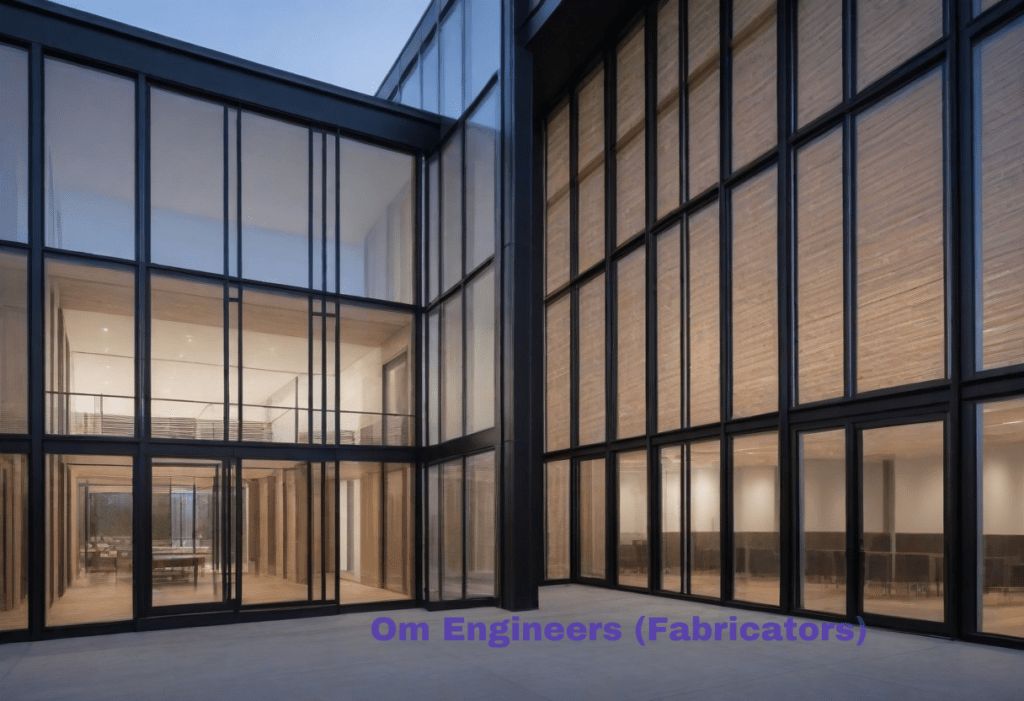Framing Facades: Elevating Architectural Design with Innovative Solutions
In the realm of modern architecture, framing facades have emerged as a dynamic and versatile element, redefining the aesthetics and functionality of buildings. These structural frameworks play a crucial role in supporting cladding materials, optimizing natural light, and enhancing visual appeal. In this comprehensive article, we explore the concept of framing facades, their benefits, and their potential to elevate architectural design to new heights.

Discover our innovative new project on Google Business Profile, showcasing our commitment to excellence and customer satisfaction.
Understanding Framing Facades
Framing facades, also known as structural framing systems, are the underlying framework that supports the external cladding of a building. This framework typically consists of steel, aluminum, or timber members arranged in a grid-like pattern to form the skeleton of the facade. The cladding material, such as glass, metal panels, or stone, is then attached to the frame, creating the external envelope of the building.
The Role of Framing Facades in Architectural Design
Framing facades play a multifaceted role in architectural design, offering several key benefits:
- Structural Support: The primary function of framing facades is to provide structural support for the building envelope, ensuring stability and integrity against environmental forces such as wind, seismic activity, and thermal expansion.
- Enhanced Aesthetics: Framing facades offer architects and designers a canvas to express their creativity and vision. The grid-like framework can be manipulated to create intricate patterns, geometric shapes, and dynamic visual effects, adding depth and dimension to the building’s exterior.
- Optimized Natural Light: The spacing and orientation of framing members can be strategically designed to optimize natural light penetration into the building interior. This helps reduce reliance on artificial lighting, promote occupant well-being, and create a bright and inviting indoor environment.
- Flexibility and Adaptability: Framing facades are highly versatile and adaptable, allowing for easy customization and modification to accommodate changing design requirements, building codes, or functional needs over time.
Types of Framing Facades
There are several types of framing facades commonly used in architectural design:
- Steel Framing: Steel framing facades offer strength, durability, and versatility, making them ideal for large-span structures and high-rise buildings. Steel frames can support heavy cladding materials and withstand high wind loads, making them a popular choice for modern skyscrapers.
- Aluminum Framing: Aluminum framing facades are lightweight, corrosion-resistant, and easy to fabricate, making them suitable for a wide range of architectural applications. Aluminum frames are often used in curtain wall systems, storefronts, and glazed facades to create sleek and modern exteriors.
- Timber Framing: Timber framing facades offer a sustainable and natural aesthetic, ideal for projects seeking warmth, authenticity, and environmental sustainability. Timber frames can be used in both traditional and contemporary architecture to create distinctive facades that blend harmoniously with the surrounding landscape.
Elevate Your Architectural Design with Framing Facades
At Om Engineers (Fabricator), we specialize in delivering innovative framing facade solutions that push the boundaries of architectural design. Our experienced team collaborates closely with architects, designers, and developers to create bespoke facade systems that enhance the visual appeal, performance, and sustainability of buildings. Contact us today at +919922444544 to explore how framing facades can elevate your next architectural project to new heights of excellence and innovation.


